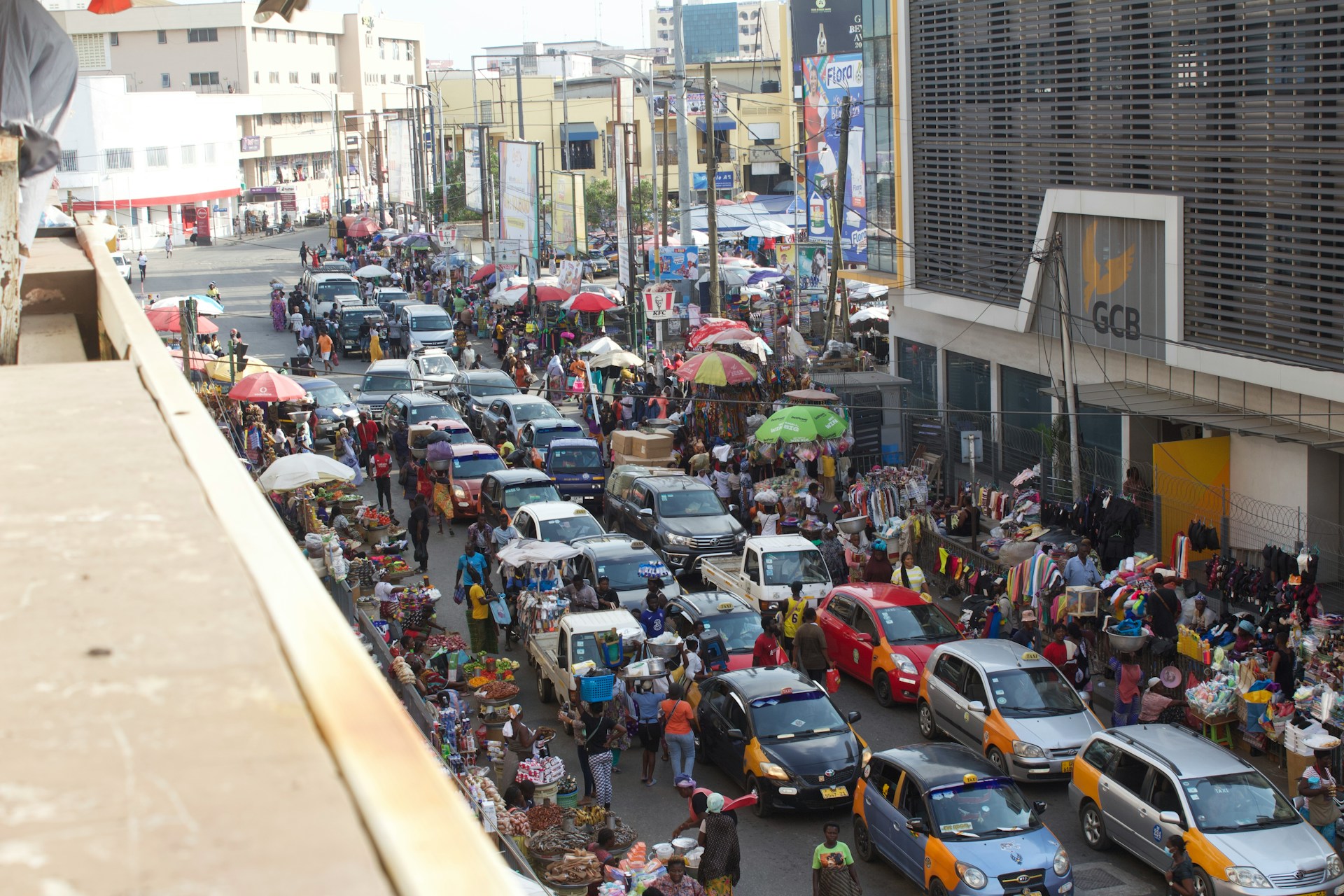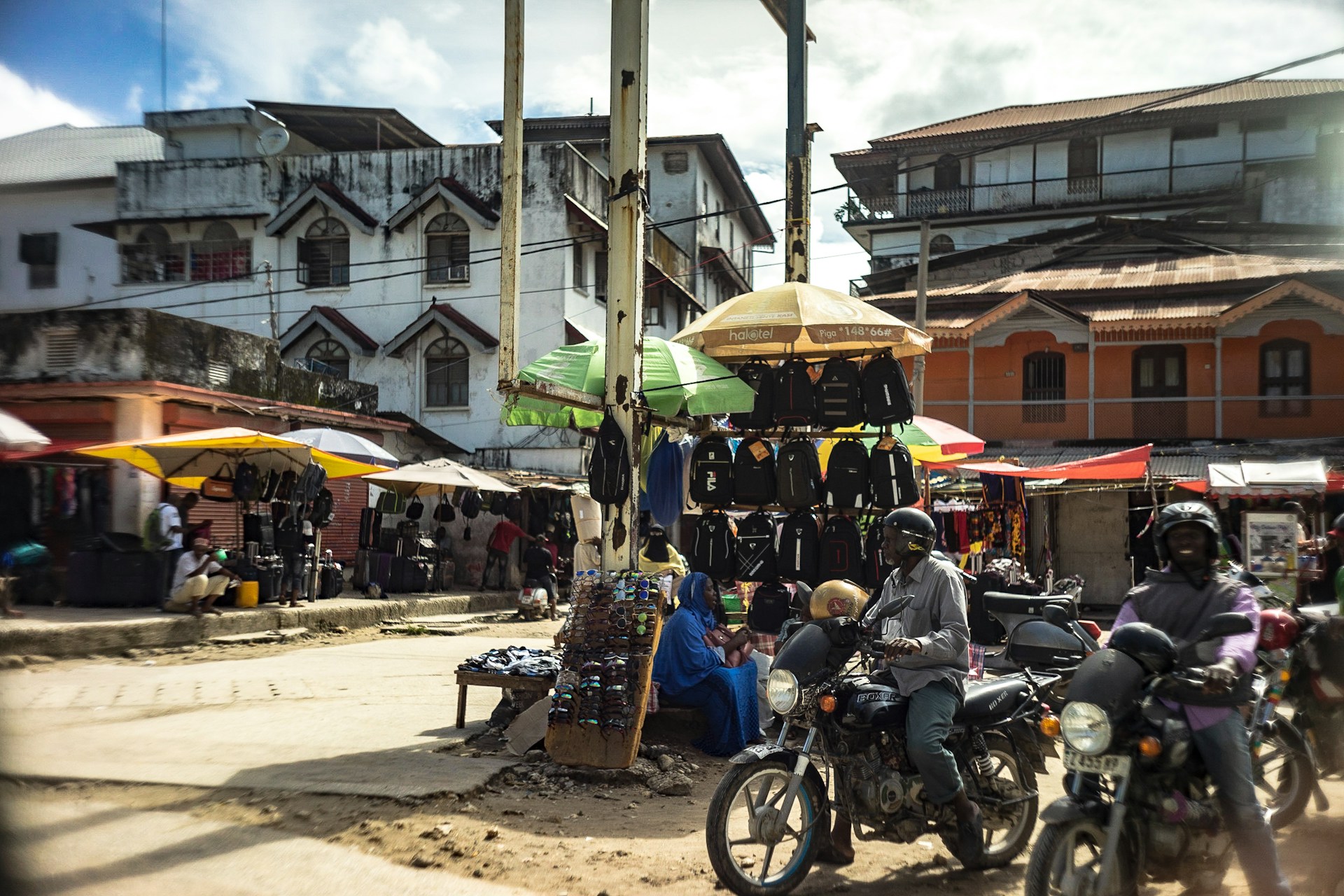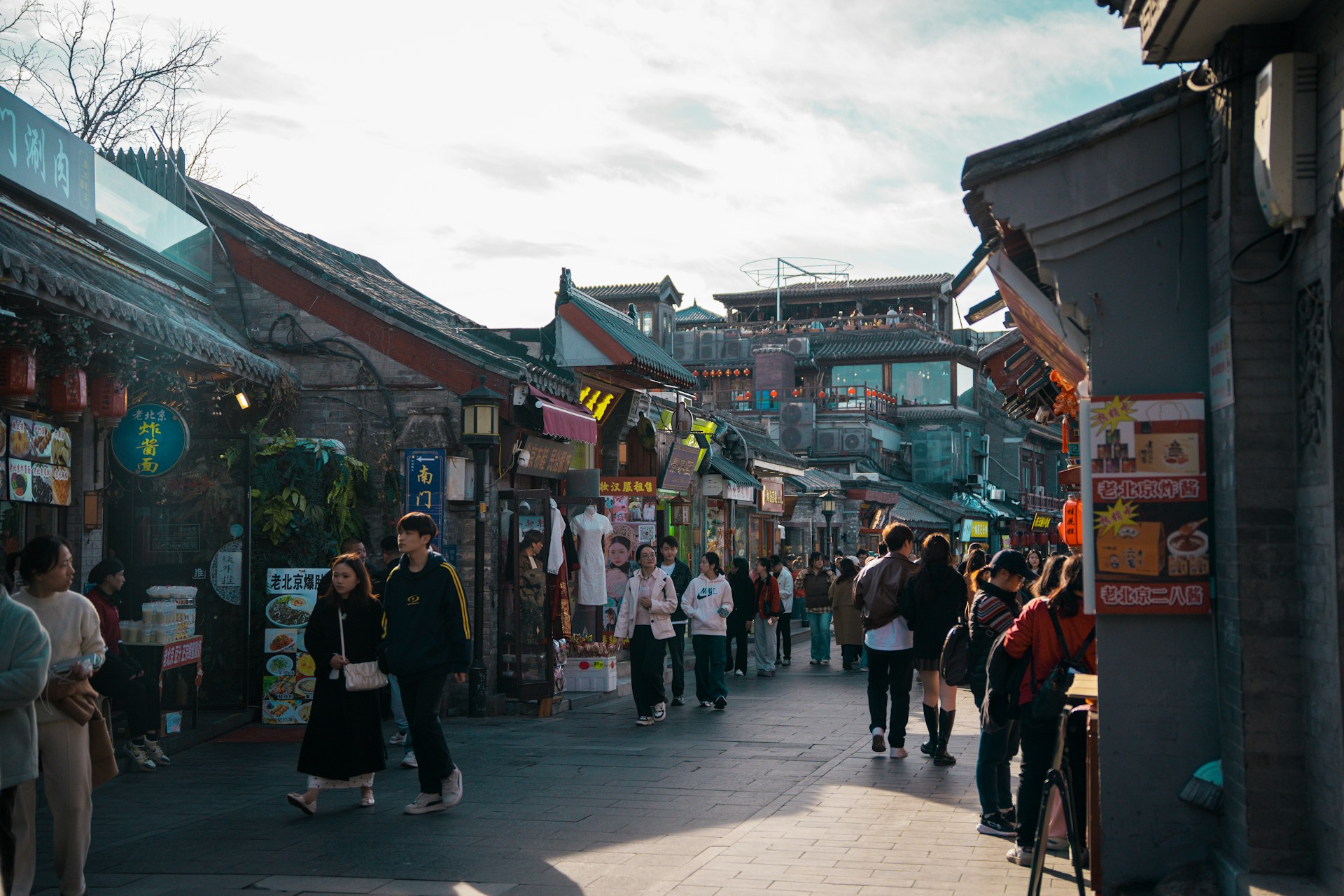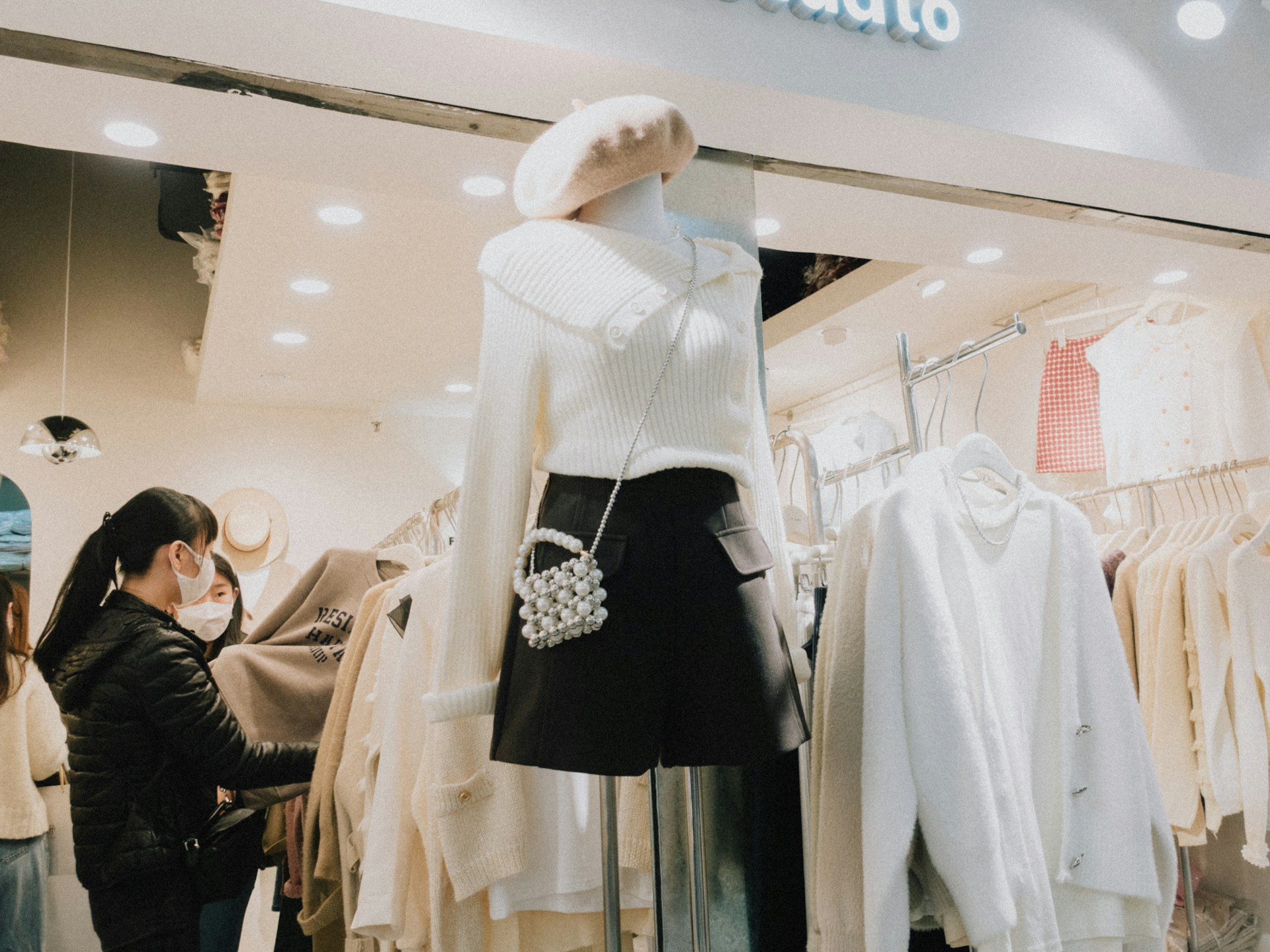Like most cities in Africa, Luanda is full of colour, rich in culture, and bustling with commerce. However, there is another side of the city that thrives in its alleyways, backstreets, and local markets: the fake market scenes. These are places where you will find knock-off designer clothes, replica electronics, counterfeit perfumes, and copycat luxury watches at a fraction of the price you would pay for the real thing. Let’s explore some of the best fake markets in this city.

Kikolo is one of the largest informal markets in Angola, located on the outskirts of Luanda. It is a sprawling maze of stalls and makeshift shops that seem to go on forever. This market is less polished than most, but it is where you will find some of the cheapest fake products in the city.
At Kikolo, vendors sell everything from counterfeit watches and shoes to fake designer fragrances and sports gear. Football jerseys of famous European clubs are a common sight, with names like Messi, Ronaldo, or Salah printed on the back, all available for just a few thousand kwanzas.
Knock-off designer perfumes like “Channel” and “Dolce & Banana” are also always available. Most of the items are imported from China, the Middle East, or nearby African countries like Congo.
Since Kikolo is quite big, it can make it a bit overwhelming, but if you are looking for variety, this is the place. Be ready to get dusty, do a lot of walking, and navigate some tight spots. The deals are worth it if you are willing to dig.
São Paulo Market is one of Luanda’s most famous open-air markets. While it is well-known for selling fresh produce, dried fish, and household items, parts of the market are dedicated to clothing, shoes, and accessories, many of which are counterfeit or imitation items and second-hand goods.
This market is more structured and less hectic compared to others, which makes it a little easier to browse. You will see stalls with fake Ray-Ban sunglasses, Calvin Klein underwear, and “Nike” joggers.
Some vendors claim their goods are “first copies” or “overstock” from factories, which is often code for replicas. The clothing section is vibrant, filled with bright colours, patterns, and prints that mix local fashion with Western style. Many of the shoes and clothes have labels like Puma, Reebok, or even Yeezy, all at heavily discounted prices.
Fake and imitation goods are not just limited to large markets. Walk down almost any busy street, and you will come across street vendors selling all kinds of branded-looking products, right from their hands or makeshift stalls.
These vendors often sell items like fake designer sunglasses, watches, belts, mobile accessories, headphones, and perfumes. They walk through traffic jams, appear near bus stops, and gather around shopping malls and office areas, offering on-the-go convenience for shoppers. You will see them carrying sunglasses on boards or draping handbags over their shoulders.
What’s impressive is how quickly they set up and take down their “shops.” They operate with a high level of mobility, just in case local authorities come around. They often sell the same types of imitation items found in big markets, but in smaller quantities and with more personal sales pitches.

Fake markets in Luanda go far beyond physical stalls and designated areas. They extend into the streets, bus stops, sidewalks, and even traffic jams. Whether you are browsing the loud and colourful lanes of Kikolo or buying a pair of “Ray-Bans” through your car window in downtown Mutamba, it is all a worthwhile experience.


If you want the latest information on the best Hotel Executive Club Lounges, Hotel Kids Clubs and other travel information, be sure to sign up for our free newsletter full of tips and great travel ideas.